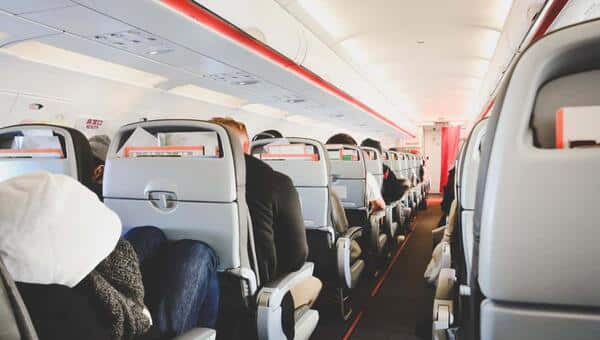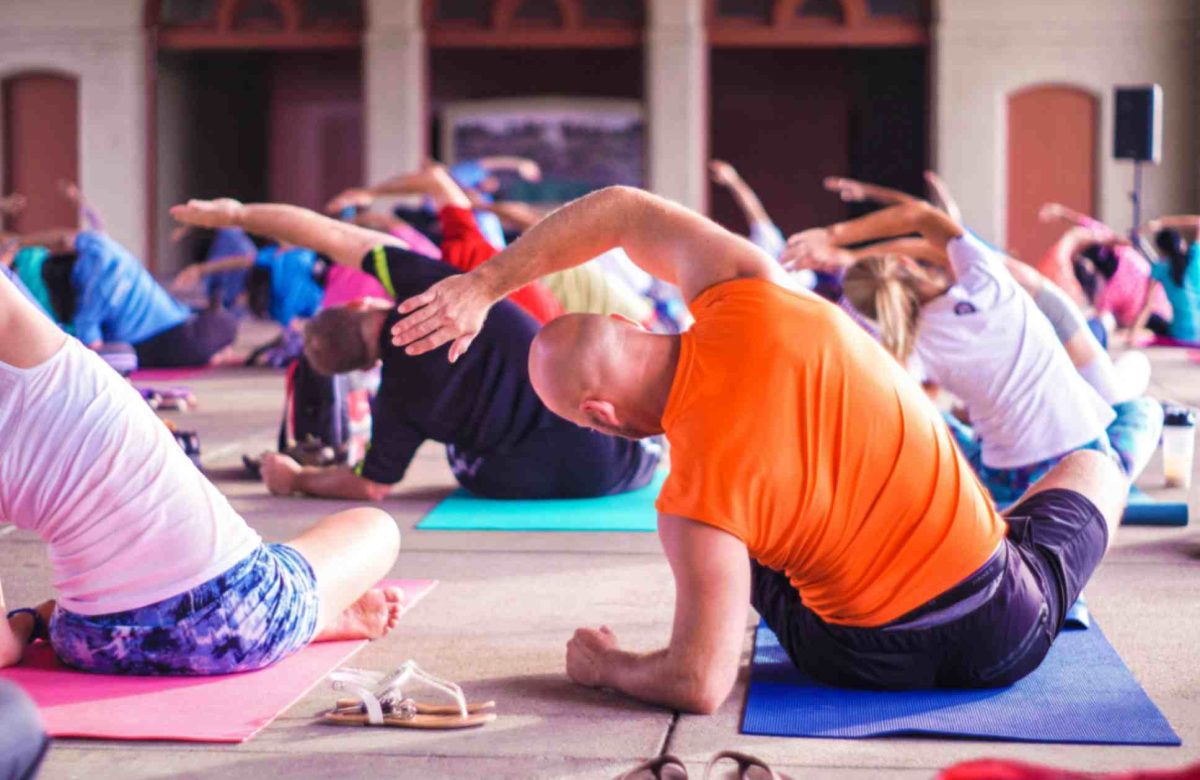How to Stay Hydrated During Long Flights

Long flights can be exciting as you embark on new adventures or connect with loved ones, but they also come with their own set of challenges—chief among them is staying hydrated. The dry cabin air, limited access to water, and extended periods of immobility can lead to dehydration, leaving you feeling fatigued and uncomfortable. However, with a proactive approach to hydration, you can ensure that your journey remains smooth and revitalizing. In this blog, we’ll explore the importance of staying hydrated during long flights and provide you with practical tips to keep your body nourished and energized from takeoff to landing.
Understanding the Dehydration Challenge
Airplane cabins are notorious for their low humidity levels, often hovering around 20%—significantly lower than the average indoor humidity of 30-65%. This dry environment can lead to increased water loss through respiration and skin, leaving you vulnerable to dehydration. Dehydration, in turn, can lead to fatigue, dry skin, nasal discomfort, and even exacerbate jet lag symptoms.
Preparation: Hydration Starts Before the Flight
- Hydrate Beforehand: Begin your journey well-hydrated by drinking plenty of water in the days leading up to your flight.
- Limit Caffeine and Alcohol: Both caffeine and alcohol can contribute to dehydration. Minimize your consumption before and during the flight.
- Use a Humidifier: Consider using a personal humidifier during your flight to add moisture to the cabin air around your seat.
In-Flight Hydration Strategies
- Water is Your Best Friend: Bring an empty reusable water bottle with you to the airport and fill it up after you pass through security. Sip water regularly throughout the flight to maintain hydration.
- Avoid Sugary Drinks: Sugary beverages can contribute to dehydration and energy crashes. Opt for water, herbal teas, or electrolyte-rich drinks instead.
- Limit Caffeine: While it’s tempting to rely on coffee or caffeinated sodas for a boost, caffeine can contribute to dehydration. If you do have caffeine, balance it with extra water.
- Choose Hydrating Snacks: Opt for water-rich foods like fruits (watermelon, oranges, berries) and vegetables (cucumbers, celery) for a hydrating boost.
- Avoid Salty Foods: High-sodium foods can contribute to water retention and dehydration. Minimize your consumption of salty snacks.
- Alcohol Moderation: If you choose to have alcohol, do so in moderation and balance it with extra water.
- Set a Hydration Timer: Use your phone or watch to set a reminder to drink water at regular intervals.
Skincare and Hydration
- Lip Balm and Moisturizer: Bring lip balm and a travel-sized moisturizer to keep your skin and lips hydrated.
- Eye Drops: Dry cabin air can lead to dry, irritated eyes. Keep lubricating eye drops on your hand to soothe your eyes.
Movement and Hydration
- Stretch Regularly: Take short walks and do some in-seat stretches to promote circulation and reduce the risk of blood clots.
- Foot Exercises: Rotate your ankles, lift your heels, and wiggle your toes while seated to encourage blood flow to your lower extremities.
Sleep and Hydration
- Use a Neck Pillow: A neck pillow can help you sleep comfortably and prevent your head from falling forward, allowing you to rest more effectively.
- Wake Up Hydrated: Upon waking up from a nap, drink a glass of water to rehydrate your body.
Post-Flight Hydration
- Continue Hydrating: After you land, continue to prioritize hydration as you navigate the post-flight process.
- Replenish Electrolytes: Consider consuming foods or drinks that contain electrolytes to help rebalance your body’s hydration levels.
Hydration for Overall Well-Being
- Listen to Your Body: Pay attention to your body’s signals. If you’re feeling thirsty, drink water. Don’t wait until you’re excessively thirsty.
- Balanced Approach: Hydration is part of an overall balanced approach to in-flight wellness. Prioritize not only water intake but also stretching, rest, and comfort.
- Consult Your Healthcare Professional: If you have specific health conditions or concerns, consult your healthcare provider before making significant changes to your hydration routine.
Arriving Refreshed and Revitalized
Long flights don’t have to leave you feeling parched and fatigued. By taking a proactive approach to in-flight hydration, you can ensure that your journey is a comfortable and energizing experience. Staying hydrated not only alleviates discomfort but also helps you arrive at your destination ready to embrace new experiences and adventures. Remember, hydration is a journey—a journey that begins before your flight, continues throughout the journey, and extends into the moments after you land.




